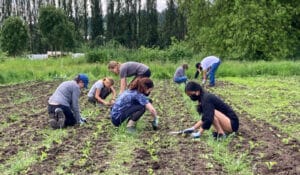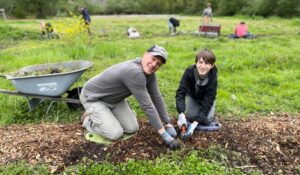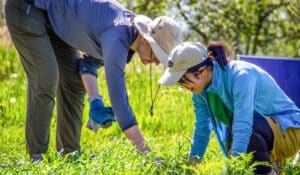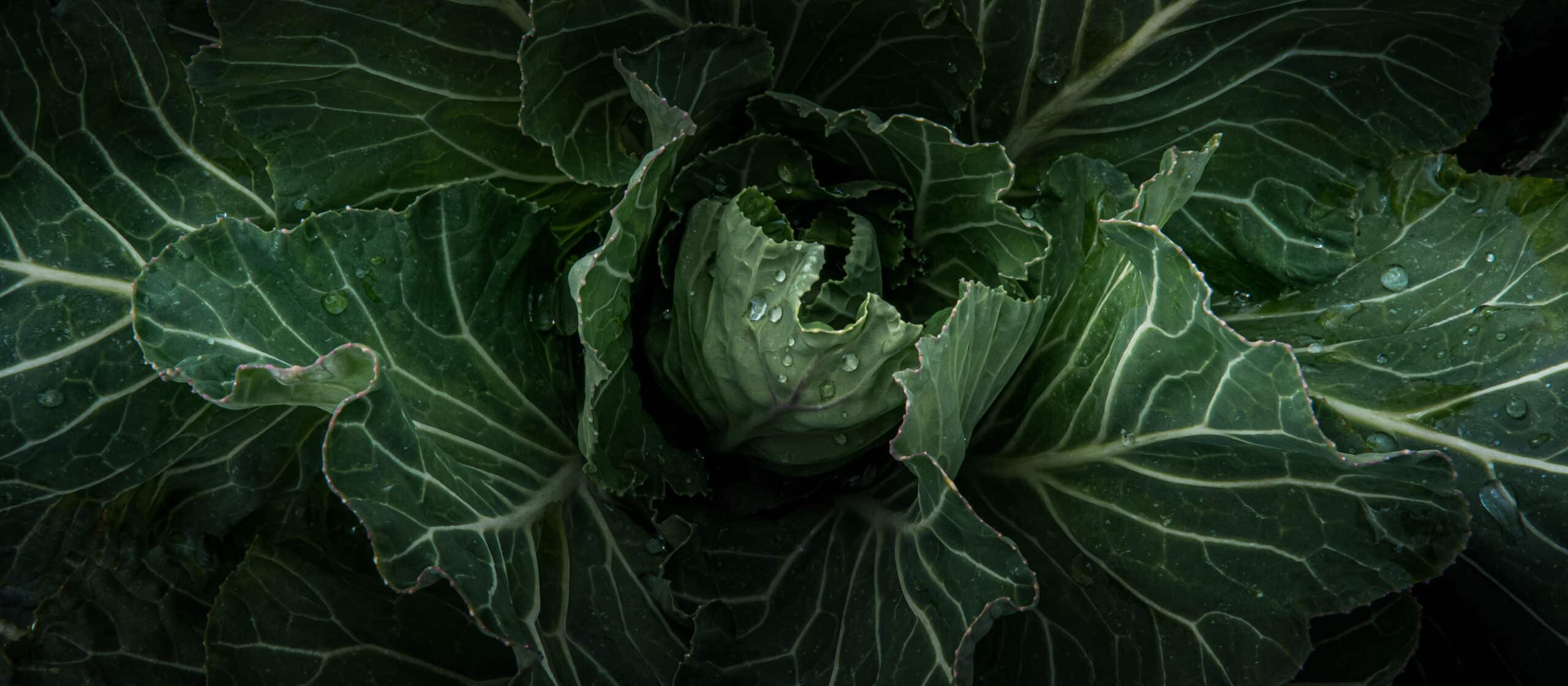
Preparing for Wildfire Smoke with Building Ventilation
Preparing for Wildfire Smoke with Building Ventilation
- posted on: August 12, 2021
- posted by: 21 Acres
"*" indicates required fields

This post was written by Kelly Rankich, Facilities Manager, and Chris Paulsen, Facilities Technician.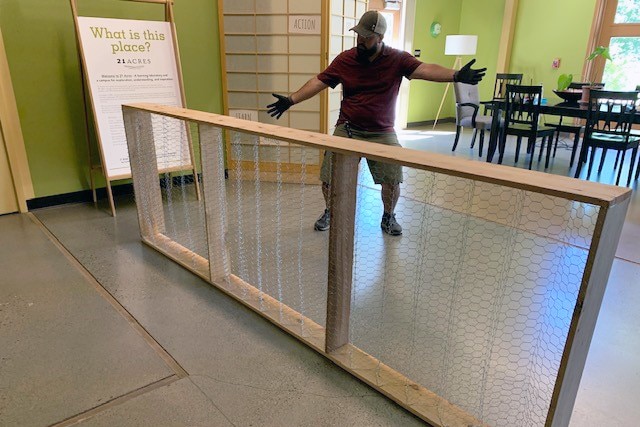
Last season’s wildfire smoke put the 21 Acres facilities staff into high gear to create a building filtration system that could be deployed if we experienced another intense air quality event. Now, with a drought emergency in Washington state, historic heat partially caused by climate change in July, and more on the way, a wildfire at this time of year is sure to put our LEED Platinum building’s filtration to the test.
Our current ventilation system utilizes two five-foot diameter intake tubes for fresh air to be drawn into the building and through our electrostatic filters. The electrostatic filters are not adequate for filtering out the fine particulate matter that is in wildfire smoke. This is probably because when the building was first completed in 2011, designers did not anticipate the kind of intense wildfire seasons we are seeing year after year in Washington state.
Our current filters do not have an associated MERV rating (see chart below), but you can see that MERV 13 filters or higher are recommended for wildfire smoke.
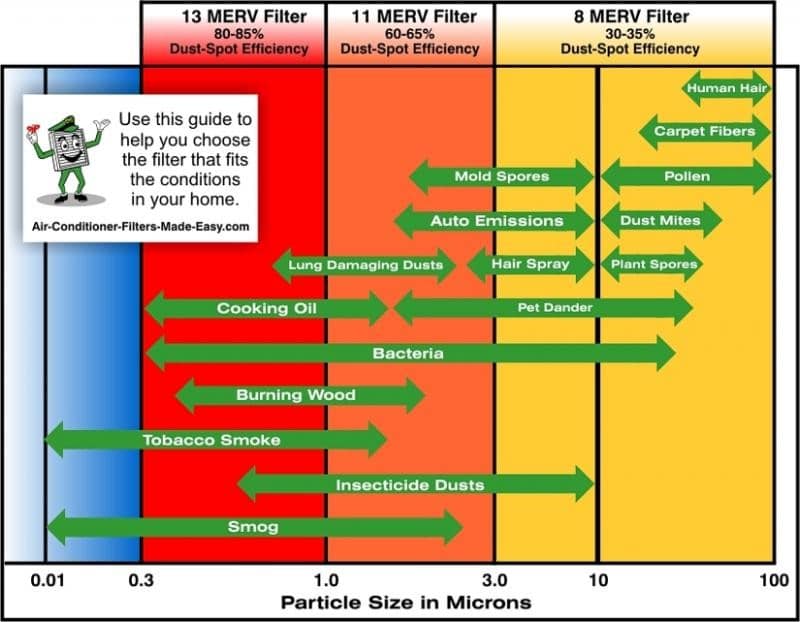
We knew we wanted MERV 13 filtration for our ventilation upgrade, but we were concerned about how this would impact our system’s blowers and our building’s energy use. Currently, our ventilation is on-demand based on the indoor air carbon dioxide levels. We wanted a system that was not permanent so that it didn’t restrict the air flow (increasing the energy usage) when higher filtration wasn’t necessary.
To meet this need, Facilities Technician Chris Paulsen created our own custom-made MERV 13 filter system to be placed across our existing electrostatic filters.
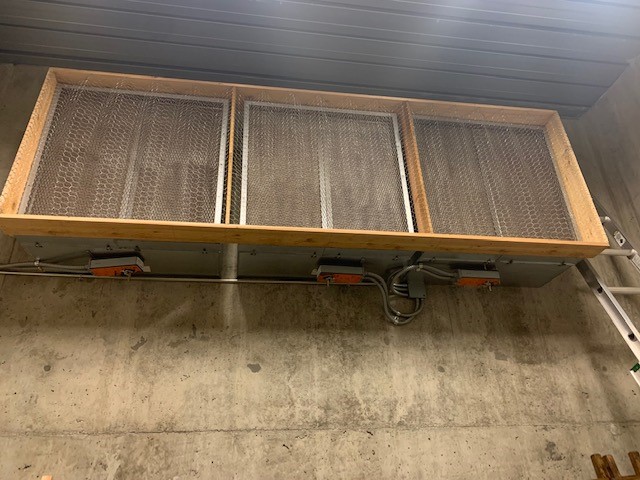
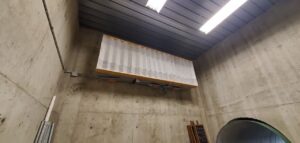
If you’re concerned about your indoor air quality with the upcoming fire season, there are ideas and tips for creating your own filters and the EPA has information on how to Create a Clean Room to Protect Indoor Air Quality During a Wildfire. Be sure to be aware of where wildfires are in your area by checking air quality information and forecasts from the National Weather Service’s Air Quality Index. We hope you stay safe during the upcoming heat waves and fire season this year.
About Kelly Rankich
Kelly is a Green LEED Associate and our Facility Manager. She helps operate and maintain our living laboratory for green building and supports our soil team, market, and various programs. She has a passion for sustainability and reducing her carbon footprint. She is a long-time Woodinville resident, raising her two kids in this community, and is enjoying not having a commute. She grew up on a small 6-acre farm in Wisconsin and completed her MS in Environmental Engineering at Washington State University. She is a proud WSU Snohomish County Extension Sustainable Community Steward. You may catch her giving a Green Building Tour, multi-tasking ten projects at once, or helping set up for an event. When not working, she enjoys the plethora of wineries in Woodinville, music, dancing, and yoga.
About Chris Paulsen
Chris is one of our Facilities Technicians. Born and raised in Hawaii, young Chris spent his free time occupied with small mechanical projects, often dismantling the family VCR for fun. Now Chris is the fix-it person around 21 Acres and finds innovative solutions to our green energy and built environments in the LEED building and on the farm.











 back to blog overview
back to blog overview

